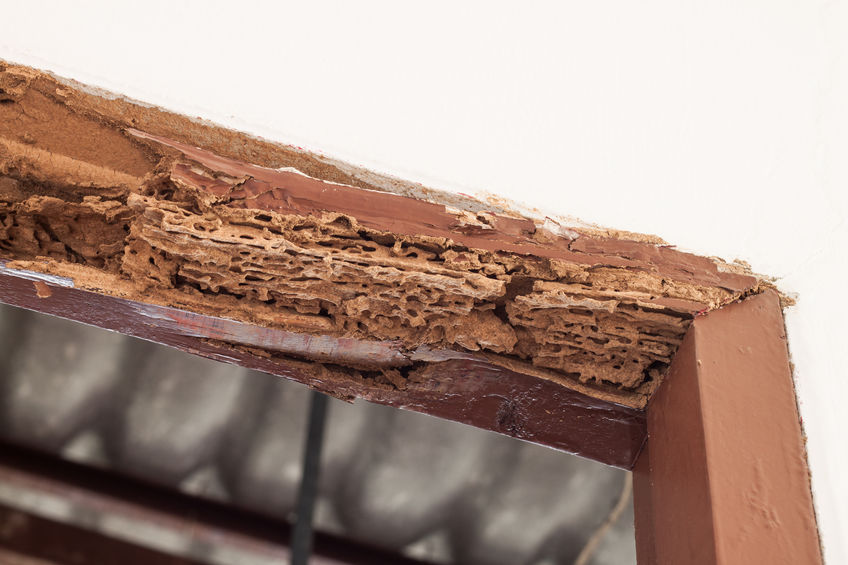The mud tubes are visible, the swarmers have shed their wings, the damage is done. You have termites. But what happens now? Let’s start with the basics….
Types
There are more than 2,000 different species worldwide, with more than 40 of those living in the US., and basically two types of termites found predominantly in Massachusetts – the Eastern subterranean (most common and most destructive) and the drywood. Another type – Formosan termites – is not known to inhabit our state, but can be found in very warm locations in the southern U.S.
Subterraneans nest underground and can cause the most problems for homeowners. A single subterranean colony can number in the hundreds of thousands. In fact, damage to homes costs owners cause a collective $5 billion each year, and home insurance does not provide coverage for termite destruction.
Drywood termites can survive without living in soil and do not build nests in the ground, but instead construct nests in the dry, above-ground wood they infest. These pests enter homes through exposed wood or infested items like wooden furniture and can chew through support beams, floors and walls. Their colonies are not as large as the subterranean, but their damage can be as widespread.
Treatments
First things first – arrange inspections by and obtain structural reports from several reputable companies to establish you indeed have termites. The good news is termites are very slow moving, so you don’t have to reach a quick decision for treatment once you observe the damage. DIY termite treatment is not recommended as an effective means of ridding a home of termites – it requires special skills, products and knowledge. Once infestation is confirmed, treatment methods will, of course, depend on the type of termite and scope of infestation you have. The two general categories are liquids and baits.
The liquid treatment most often is Termidor, the leading and most effective termiticide for eliminating and controlling termites. Termidor is made from a revolutionary non-repellent or undetectable chemical technology treatment. That means termites cannot see, smell, taste or avoid Termidor. Instead they contact, ingest, and share it with their nest-mates.
The second is a baiting system that attempts to attract termites and subsequently poison the termite colony. The baiting system approach calls for the bait stations to be placed around the house and checked every three months to see if termites have infested the wood bait in the station.
Both methods are people-, pet- and environmentally friendly. It’s best to discuss the pros and cons of each with your pest management professional and decide which technique is best for you.
Bottom line: termites won’t go away on their own. As long as they have wood to consume, they’ll stay right where they are. They may develop additional colonies in the area (which leads to very unhappy neighbors), but the original colony won’t move away unless treated.
Got termites? Get a free estimate from a pest professional in your area today.

